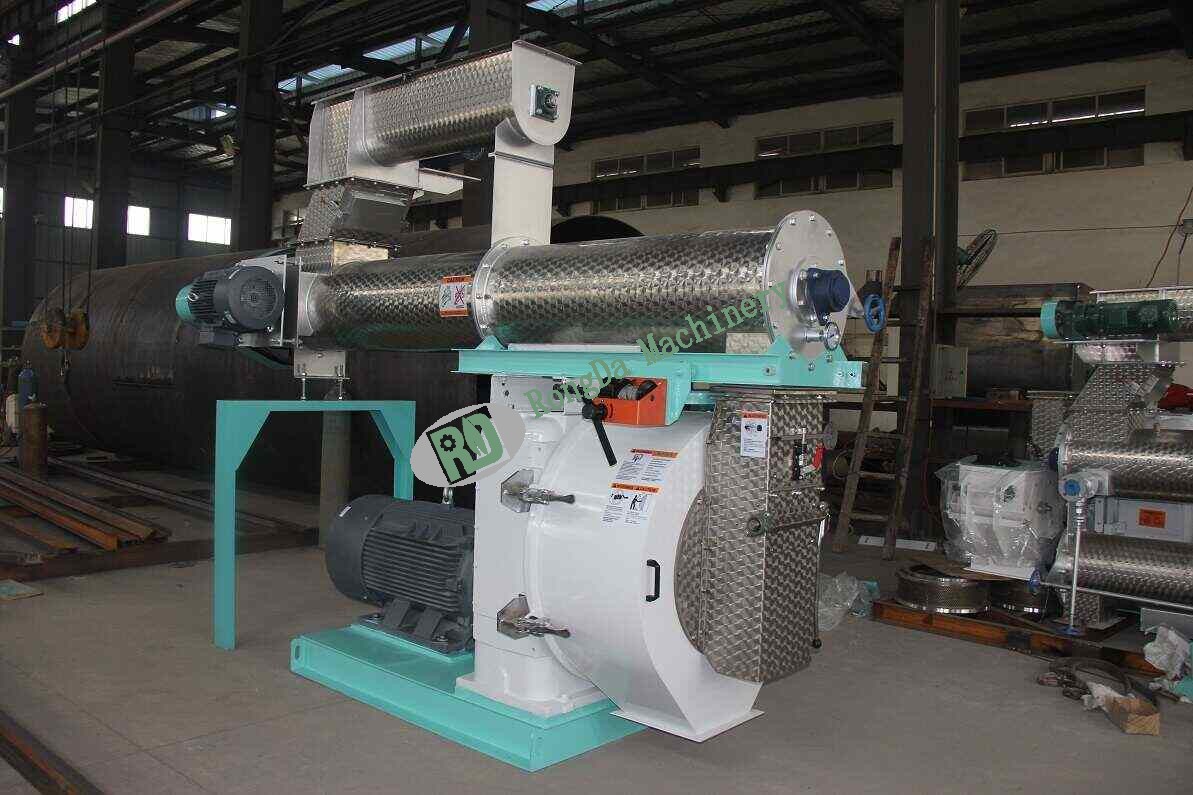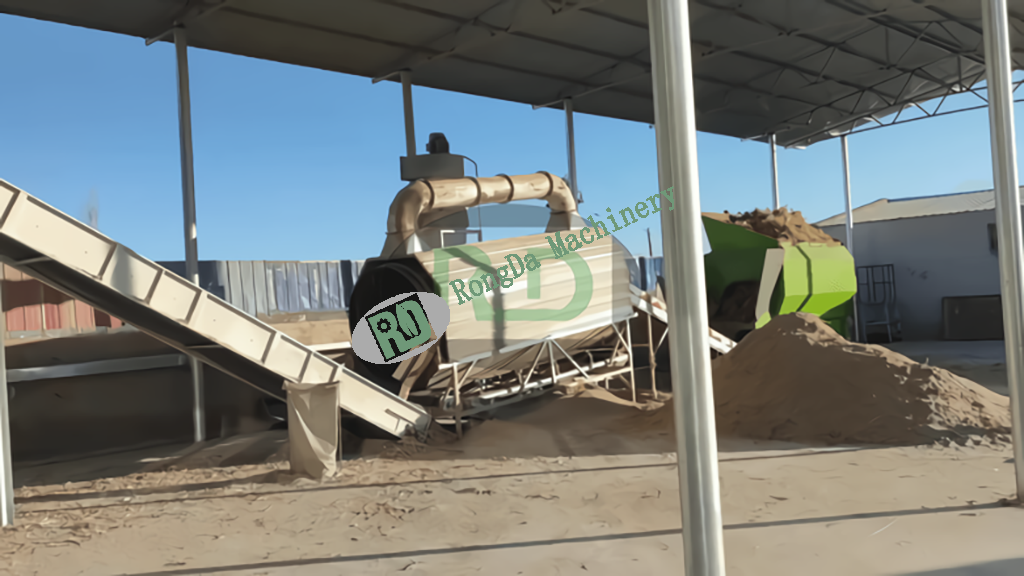Welcome to Rongda Machinery Co., Ltd
Toggle Navigation

Alright, let's talk about animal feed – not the stuff scattered loose in a trough, but those neat little pellets you see used everywhere from chicken farms to fish ponds. That transformation is thanks to feed pelletizing systems, and they're kind of a big deal. Forget clumpy, inconsistent feed mess; pelletizing packs nutrients into dense, uniform bites that animals digest better, get consistent nutrition from, and actually find tastier. It’s a win for animal health, growth, and honestly, for the whole farm operation.
Breaking Down the Pellet Press: What’s Inside?
Think of the pellet mill as the heart of the operation, but it needs a whole team:
The Prep Crew: Before anything gets squeezed, raw ingredients get a pass through feed crushers (like industrial blenders) to get everything to a similar, manageable size. Think "uniform starting point" for the magic that comes next.
The Shaper: This is where things get physical. Powerful extruders (think giant meat grinders) take the crushed mash and force it – hard – through a metal plate full of holes (the die). This intense pressure and friction cooks the mix a bit and shapes it into those familiar cylinders. Density and springiness? That’s set right here.
The Cool Down: Coming out hot and steamy, pellets would crumble without some care. Enter the cooler. Often giant rotary drums blow cool air through the fresh pellets, solidifying them and locking in their shape and nutrients.

Why Go Through All This Trouble? The Big Perks
Turning powdery feed into dense pellets isn't just for looks. It packs serious advantages:
Better Digestion: Packed tight, pellets force animals to chew more thoroughly, kickstarting digestion right in the mouth. More nutrients actually get absorbed.
No Selective Snacking (Well, Less): Ever notice chickens picking out the good bits? Pelleted feed mixes everything together, so animals get a balanced diet in every bite. Vitamins, minerals, medicines – it's all delivered evenly.
Less Waste: Powdery feed flies away or gets soggy. Pellets are sturdy, meaning less ends up on the barn floor or dissolving in the water. That saves money and keeps things cleaner.
Easier Handling: From the mill to the truck to the farm to the feeder, dense pellets move way easier. They pour smoothly, store compactly, and are less dusty. Less mess, less hassle.
Tailored Pellets: Who Benefits Most?
Poultry Power: For chickens and turkeys, consistent pellets mean predictable growth and less stress on their digestive systems. Bonus: better-formed feed can also mean less ammonia in the air and more efficient use of nutrients for growth.
Livestock Strength: Cattle, pigs, sheep – they all thrive on a steady diet. Pelletized feeds help build muscle, fight off illness, and maximize productivity.
Fish Feed That Floats (Or Sinks Just Right): Crucially for aquaculture, pellets can be engineered. Need floating feed for catfish? Or a sinking pellet for shrimp? Pelletizing systems can adjust density and ingredients to deliver just what's needed, keeping nutrients in the feed and pollution out of the water.
No Free Lunch: Challenges (& Solutions)
Pelletizing systems are awesome, but they aren't magic wands. Buying and setting one up is a serious investment. They can be complex beasts to run and maintain. Plus, getting consistent pellet quality (size, hardness) requires fiddling with settings depending on the recipe. But the payoff? Usually huge. Like any important machine, keeping it running smoothly takes good maintenance – think regular check-ups. And tech keeps improving, making newer systems smarter and more efficient all the time.
The Bottom Line: Pelletizing is Paving the Way
Feed pelletizing isn't just processing; it's about upgrading nutrition delivery. As technology marches on, these systems will keep getting more efficient, sustainable, and adaptable. That means healthier animals, smarter farming, and ultimately, better food production for everyone.